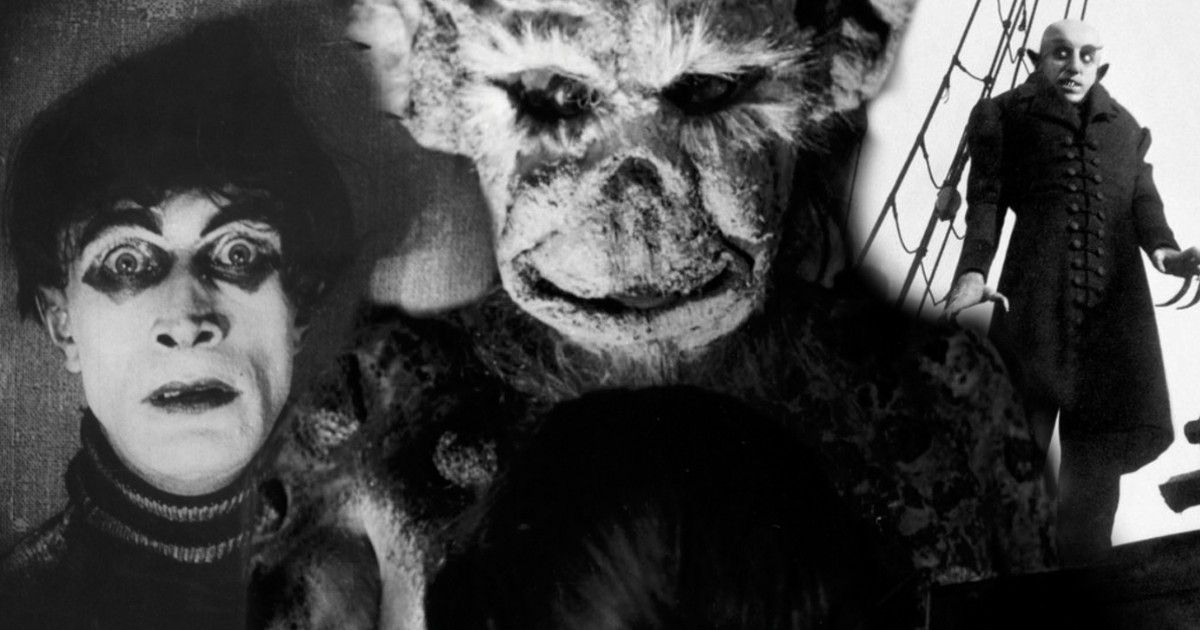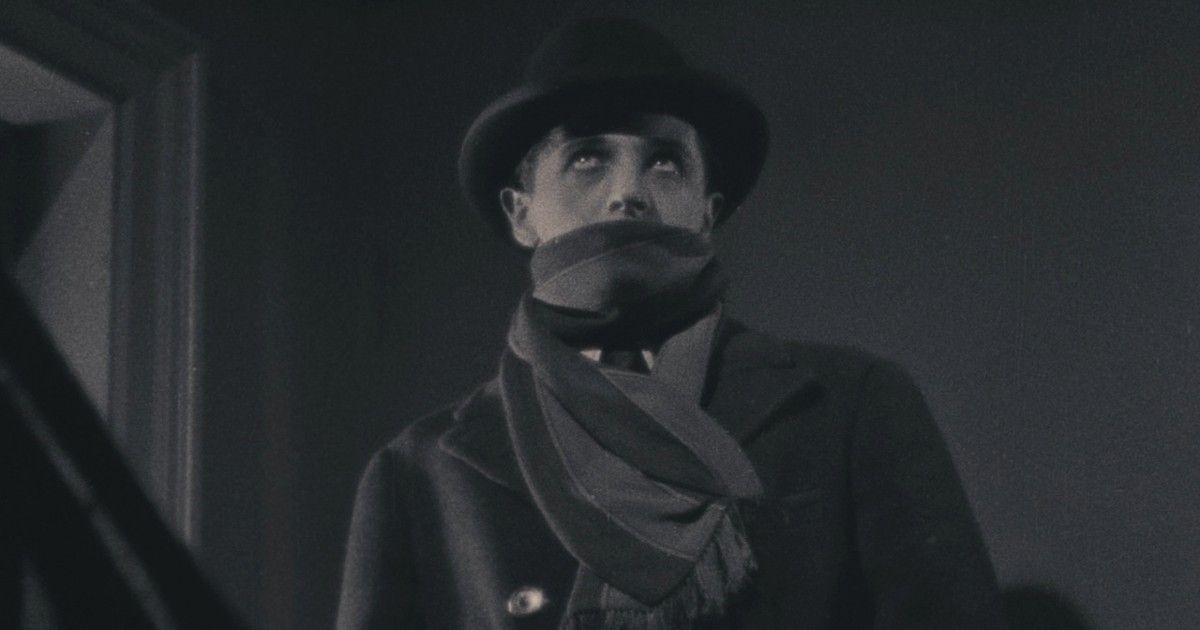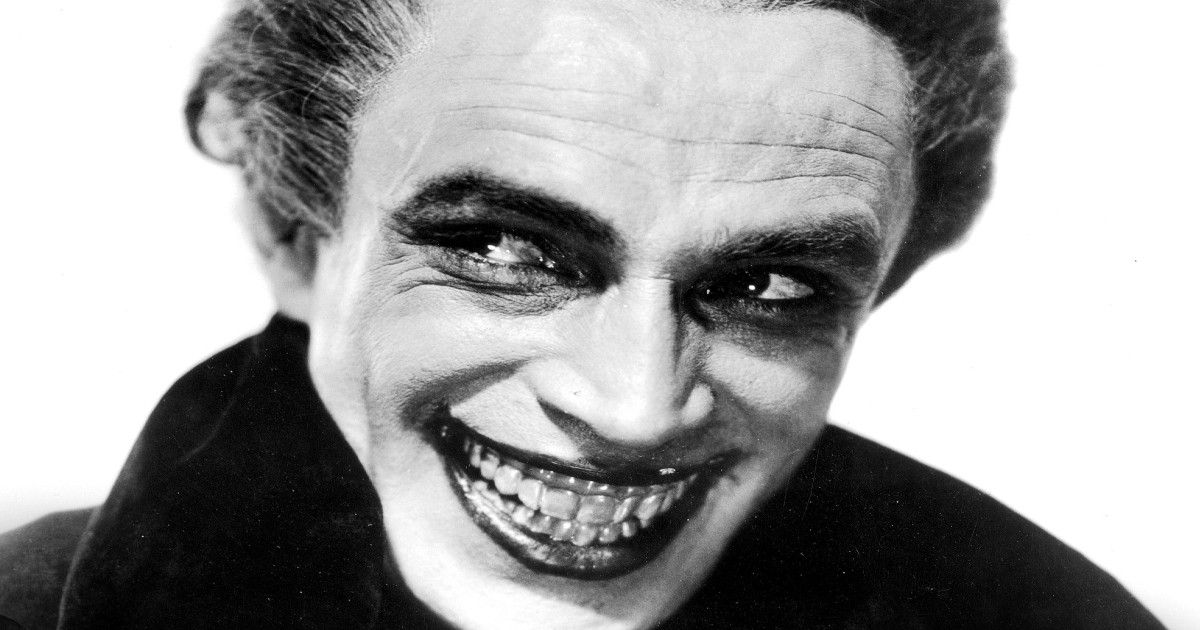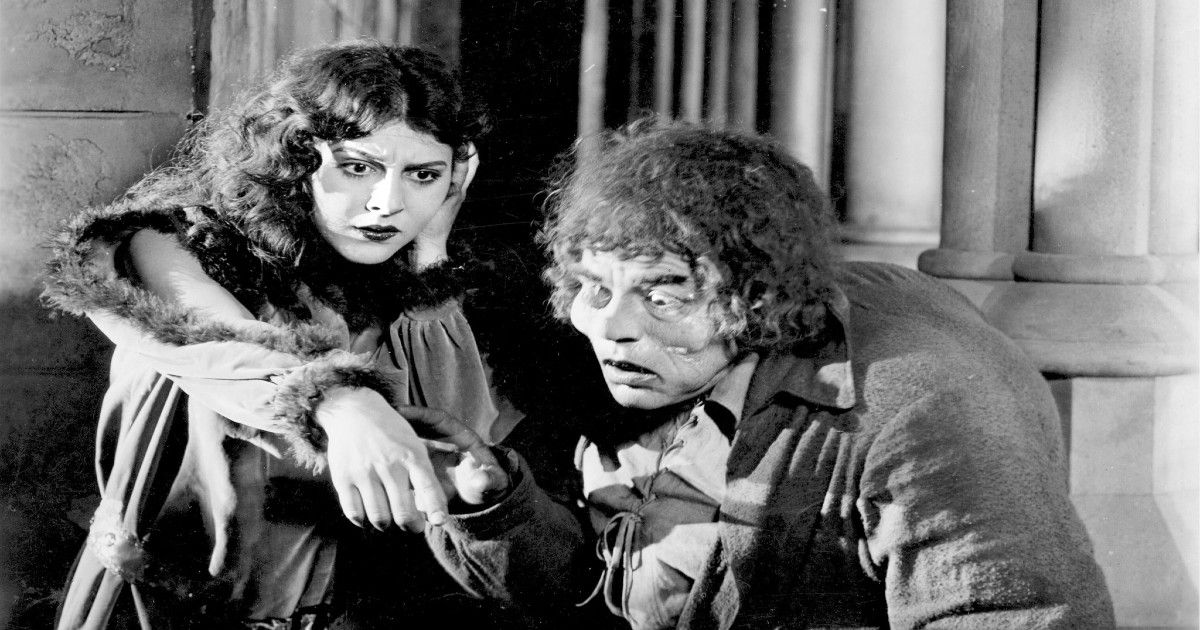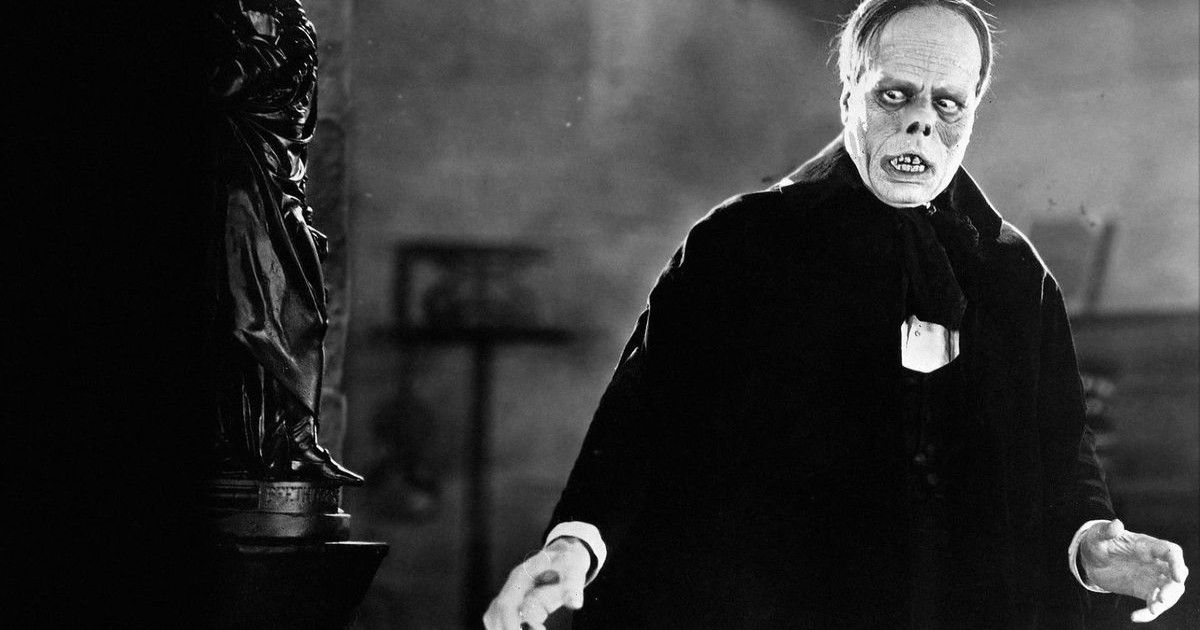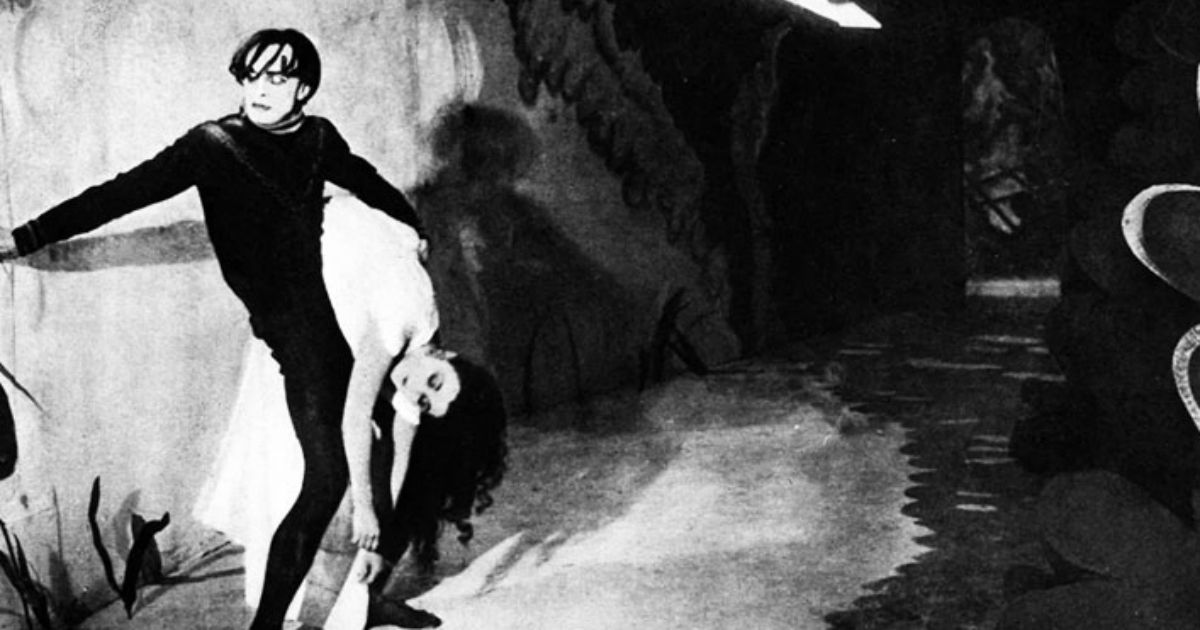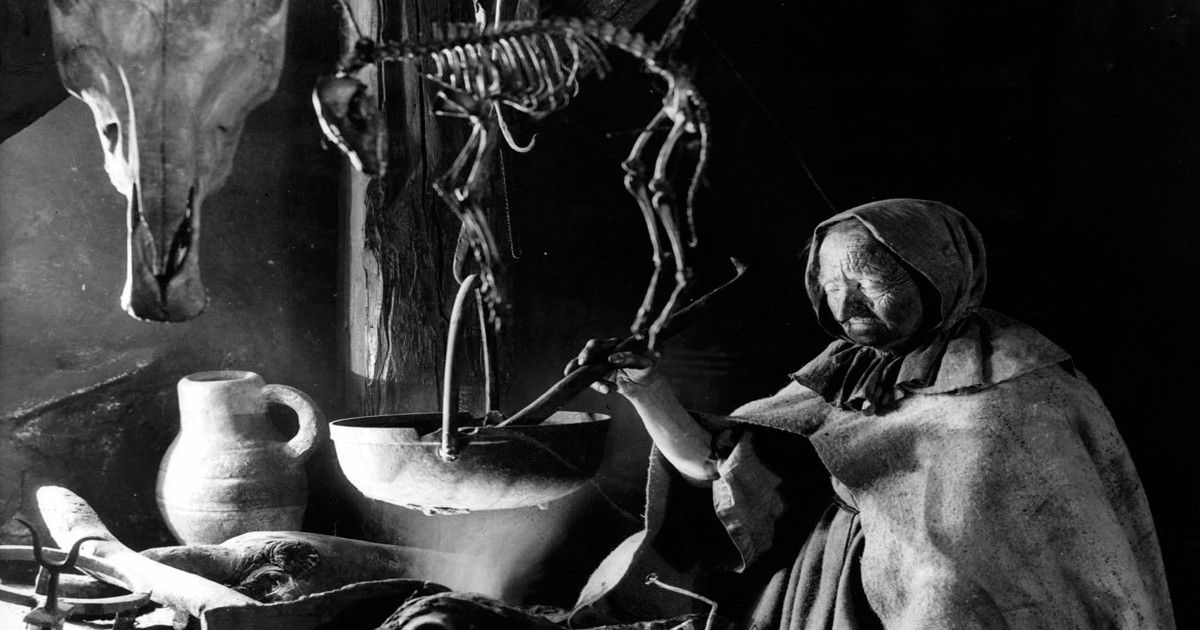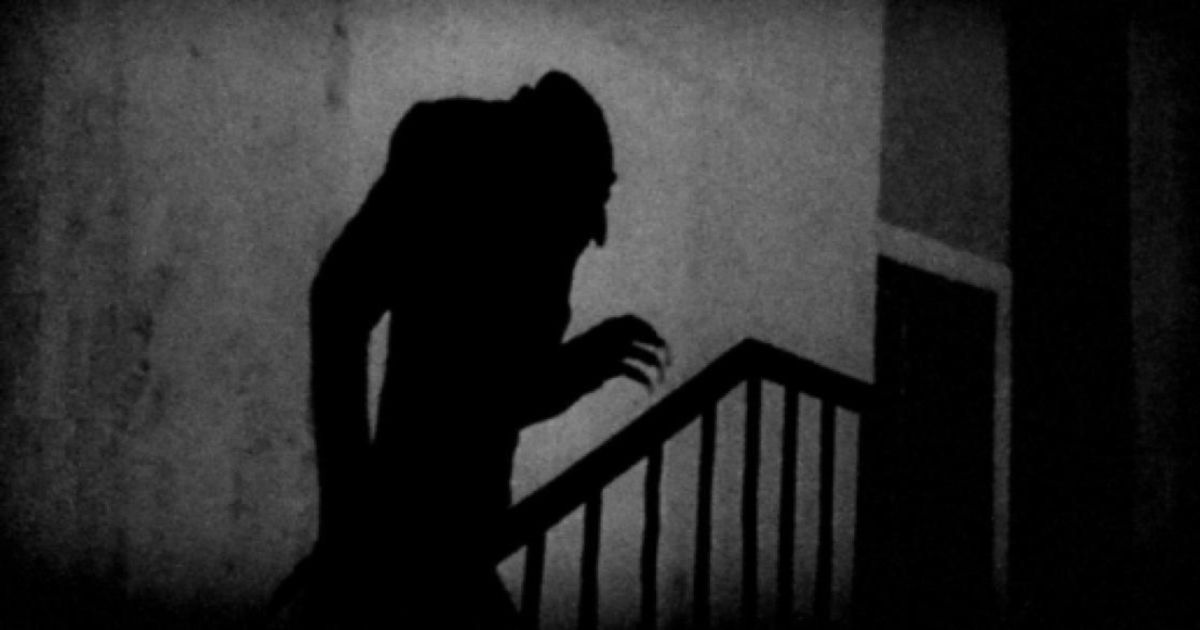When modern audiences hear of silent films, they often think of the screwball comedies from the likes of Charlie Chaplin and Buster Keaton. For horror fans, they think of some of the most groundbreaking and innovative films in all of cinema. The horror films of the silent era pushed the boundaries of what could be shown on film at the time. They were also where many of the innovations of early special effects were found. These films couldn't rely on loud noises or music to scare audiences. It was all about the story and atmosphere. Here are just a few of the greatest horror movies from the silent era to ensure a spooky and chilling Halloween season.
7 The Lodger: A Story of the London Fog (1927)
Alfred Hitchcock is one of the best-known names in cinema. His knack for creating suspense is unrivaled, and it all started here. The Lodger: A Story of the London Fog was Hitchcock's third movie, but his first in the thriller genre. This is the film that helped cement him as the master of suspense. The movie follows the hunt for a Jack the Ripper-esque serial killer lose in London. The victims are, of course, blonde women (this is a Hitchcock film after all).
While not necessarily a straight horror film, this thriller is an early example of how the genre could get it right in feature-length form. Even though it is an early film, it has Hitchcock's trademark fingerprints all over it. It is nail-biting and suspenseful in a way that was rare at the time. While it didn't break any ground at the time, it helped launch the career of one of the most influential filmmakers of all time.
6 The Man Who Laughs (1928)
This Universal film based on the novel by Victor Hugo is innovative in more ways than one. The film follows a man who was horribly disfigured as a child as he travels with the circus freakshow. Like The Lodger, this film is not a direct horror film, but rather horror adjacent. The main character is disfigured and is done so using then innovative makeup work. The reveal of his face was terrifying back in 1928, and can even give a shock today if it isn't expected.
The Man Who Laughs is still considered a silent film but is one of the first to experiment with sound effects and a musical score. The main character was disfigured by having a smile carved into his face. If his grotesque appearance looks familiar, that is because his look was a direct inspiration behind the creation of the legendary Batman baddie, The Joker.
5 The Hunchback of Notre Dame (1923)
When most people today hear The Hunchback of Notre Dame, they think of the classic Disney musical. The original novel and this early film adaptation couldn't be further from that. The film version borders on horror through the way Quasimodo acts and especially how he looks. The titular character is played by legendary silent film star Lon Chaney. Chaney was known as The Man of a Thousand Faces thanks to his makeup work; he was instrumental in how makeup effects were made, and was a pioneer in the art. This film is no exception, as he designed and applied his own makeup as well as acted in the lead role.
While meticulously expansive film sets are the norm today, in 1923 that wasn't the case. That didn't stop Universal from creating massive film sets from scratch that are still impressive by today's standards. The film has a creepy tone to it, although it isn't straight horror. Chaney is one of the biggest horror stars of the silent era, although this isn't the role he is best known for.
4 The Phantom of the Opera (1925)
Again, many modern fans think of a musical when they hear the Phantom of the Opera title (or the classic, organ-pounding Overture by Andrew Lloyd Webber). As for horror fans, the silent film version from 1925 is where their mind goes. This film is straight horror, as the titular phantom haunts the opera house and will do whatever it takes to ensure the woman he loves becomes a star. The titular character in this film earns the title of phantom as he is creepy and lurks in the shadows, and is a far cry from the more modernized notion of some handsome half-masked man singing sprawling epics.
Lon Chaney once again stars here, and his makeup work in this film made him a legend. According to legend, audiences fainted and left the theater when the makeup was revealed for the first time. Even though this film is in the public domain, the film was produced by Universal originally. Because of this, many fans group the phantom in with other classic Universal monsters such as Frankenstein and Dracula, and this film fits right in with a marathon of the classic Universal monster movies.
3 The Cabinet of Dr. Caligari (1920)
One of the most important artistic movements from the silent era was German Expressionism. German Expressionism involved sets with creeping shadows and warped architecture to give a gothic dream-like quality to the world. One of the best examples of this is in The Cabinet of Dr. Caligari. The plot revolves around a hypnotist who controls a somnambulist (someone who is in a constant state of sleepwalking) to commit various crimes and murders. This film was often been credited as one of the earliest examples of a slasher movie. The perfect use of German Expressionism truly does make this film seem like it is straight out of a dream. Or a nightmare.
2 Häxan (1922)
Celebrating its 100th anniversary this year, Häxan: Witchcraft Through the Ages was one of the most controversial and disturbing movies of its time. The film goes over the superstition of witchcraft and is told in a more documentary tone as opposed to a straight narrative style. This type of movie was unique for the time, so many viewers were led to believe they really were watching documentary footage surrounding witchcraft.
The film also featured as much gore as they could get away with, satanic imagery, and even some nudity. While this kind of stuff is commonplace in horror today, at the time it was absolutely unheard of. While perhaps not as shocking today, Häxan is still one of the most disturbing silent films of all time and should be seen by anyone who claims to be a fan of horror (and it's in the public domain, so there's no excuse not to find it on YouTube). Also, there's a delightfully weird version of the film featuring a narration from the famed beat author William S. Burroughs (Junkie, Naked Lunch) on the excellent Criterion Collection release of the film.
1 Nosferatu (1922)
Little can be said about Nosferatu that hasn't been said already. This film is the earliest surviving adaptation of Bram Stoker's Dracula and stands the test of time as one of the best vampire movies of all time. Max Schreck was so convincing in his role of Count Orlok, that many believed he was truly a vampire. There was even a fictionalized version of the making of the film where Schreck is a vampire. Nosferatu uses German Expressionism and implied violence to create an eerie film that is still known as one of the best horror movies of all time. Fans who only know of this film through a humorous cameo on SpongeBob owe it to themselves to check this iconic silent classic out.

